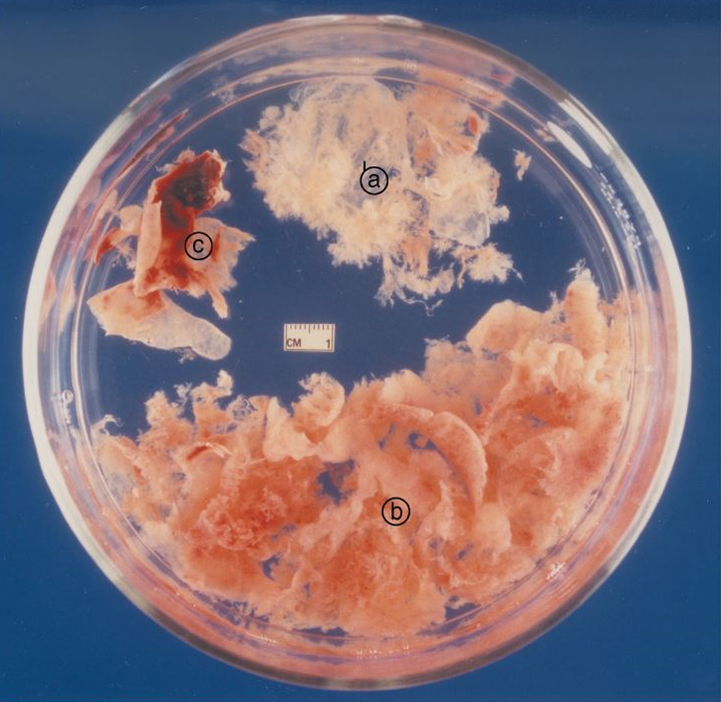![]()
medically speaking, abortion describes the termination of a pregnancy. as a technical term this includes spontaneous miscarriage or early pregnancy loss, which is why records may report a patient's medical history as including a prior abortion without a history of medical or procedural induced abortion.
abortion (spontaneous and otherwise) has existed as long as pregnancy and represents a natural part of the life cycle. the human body can miscarry as a result of fetal abnormalities: early pregnancy loss occurs in about 10% of clinically recognized pregnancies and about HALF of all early pregnancy loss results from fetal chromosomal abnormalities. the research in this field has a ways to go and there's still a lot to be learned about how spontaneous pregnancy loss is induced.
the process of experiencing a miscarriage can resemble that of an induced abortion. someone experiencing an early pregnancy loss in the first trimester up to about eight (8) weeks gestational age, before the embryo becomes a fetus, may experience cramping and bleeding in the hours leading up to and while passing the products of conception. not yet a fetus, this villi looks similar to a fluffy cotton ball in pathological analysis, using a water medium and visual exam. similarly, a person using a mifepristone and misoprostol-based method to end a pregnancy (often known as "medication abortion") around this timeframe can expect cramping and bleeding as the regimen takes effect before passing the tissue. this image is part of the New Zealand College of Sexual & Reproductive Health Abortion Training, Module 3: Early surgical abortion theory as an example of visual inspection of tissue post-abortion at eight (8) weeks gestation. the fluffy white tissue labeled "a" here is villi.

this process continues similarly up until about ten (10) to eleven (11) weeks gestation: the FDA has approved this medication abortion regimen's use for pregnancy termination up to ten (10) weeks gestation, but studies show that efficacy remains high up to eleven (11) weeks gestation. someone who undergoes this medication abortion regimen at home may not see the pregnancy tissue pass during the process, but that's nothing unusual: uterine contents include blood and lining called "decidua" (see image above, with two types of decidua labeled b and c) that can make the villi hard to see without further preparation. a significant majority -- 2021 reporting from Pew Research quotes 93% -- of abortions take place in the first trimester, at or before thirteen (13) weeks gestation.